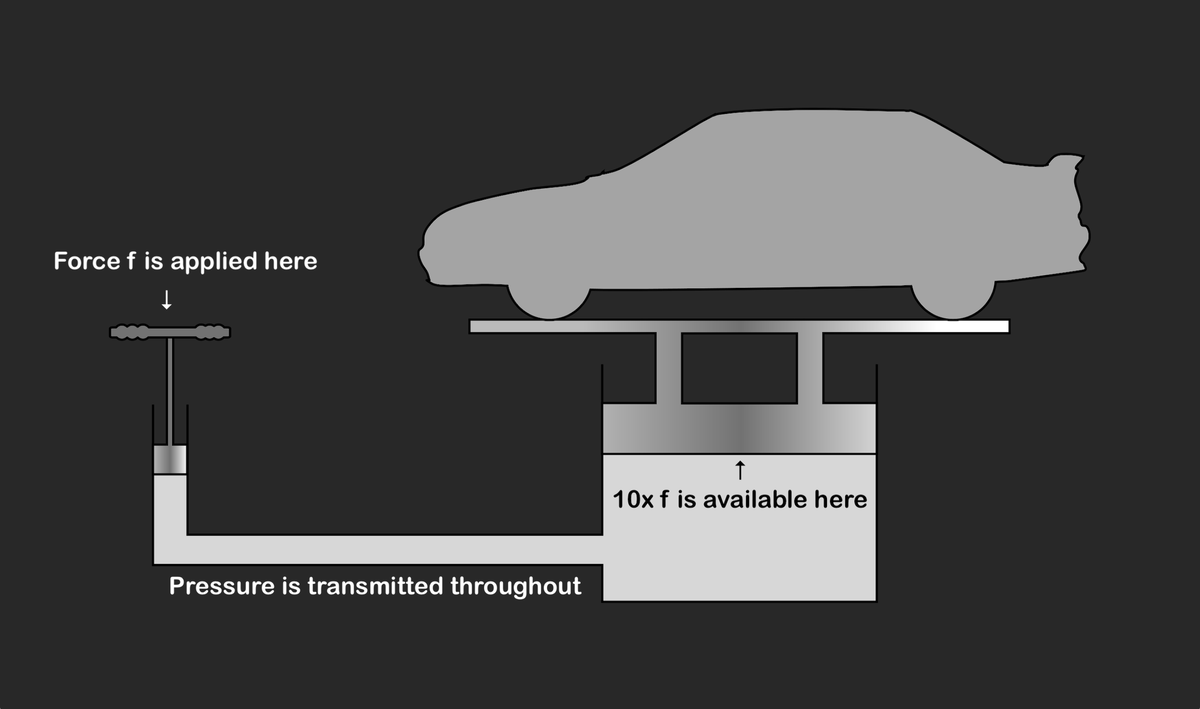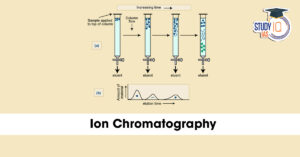Context: Globally, the hydraulics industry is valued at approximately $45–50 billion and continues to experience steady growth.
About Hydraulic System
- Hydraulics operate on Pascal’s Law, formulated by French scientist Blaise Pascal in the 17th century.
- Pascal’s Law states: When pressure is applied to an incompressible fluid, it is transmitted equally in all directions.

Working of a Hydraulic System
- A force is applied to a fluid, generating pressure.
- This pressure is evenly distributed, allowing a small force over a small area to produce a larger force over a larger area.
- Example: A small force at one end can lift a heavy object at the other end by using a larger surface area.
- Hydraulic systems are not limited to lifting — they perform multiple mechanical functions
Key Components of a Hydraulic System
- Pump – Creates the fluid flow.
- Pipes – Carry the hydraulic fluid.
- Valves – Control the direction and pressure of the fluid.
- Actuators – Convert hydraulic energy into mechanical motion (linear or rotary).
- Tank with filters – Stores and purifies the hydraulic fluid.
- Sensors or switches – Monitor parameters like pressure, temperature, movement, and oil contamination.
Applications of Hydraulics
- Broad sectors:
- Agriculture: Harvesters, irrigation systems
- Construction: Excavators, cranes
- Manufacturing: Hydraulic presses, moulding machines
- Wind Energy: Turbine systems
- Waste Management, Automation, etc.
- Both mobile equipment (such as vehicles) and static machinery.
Advantages
- Smooth operation and precise control.
- High power-to-weight ratio, enabling powerful performance in compact designs.
- Better heat dissipation than mechanical systems.
- High accuracy and repeatability in complex tasks.


 Advanced Air Defence Radars: Types, Comp...
Advanced Air Defence Radars: Types, Comp...
 Ion Chromatography, Working and Applicat...
Ion Chromatography, Working and Applicat...
 Broadly Neutralising Antibodies (bNAbs):...
Broadly Neutralising Antibodies (bNAbs):...
























